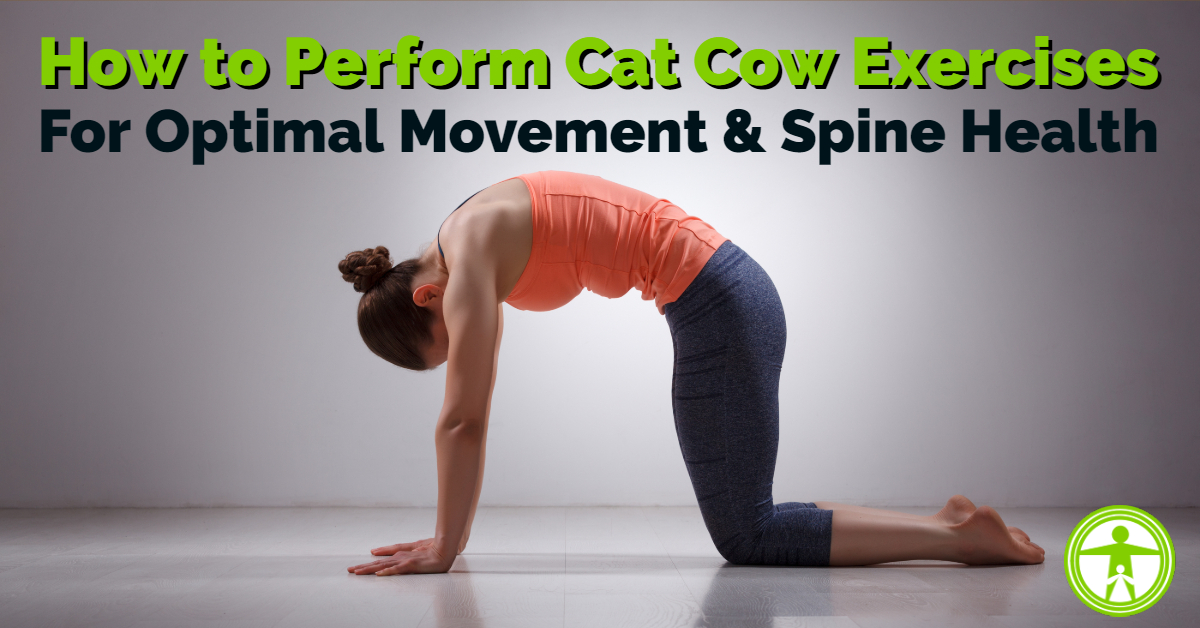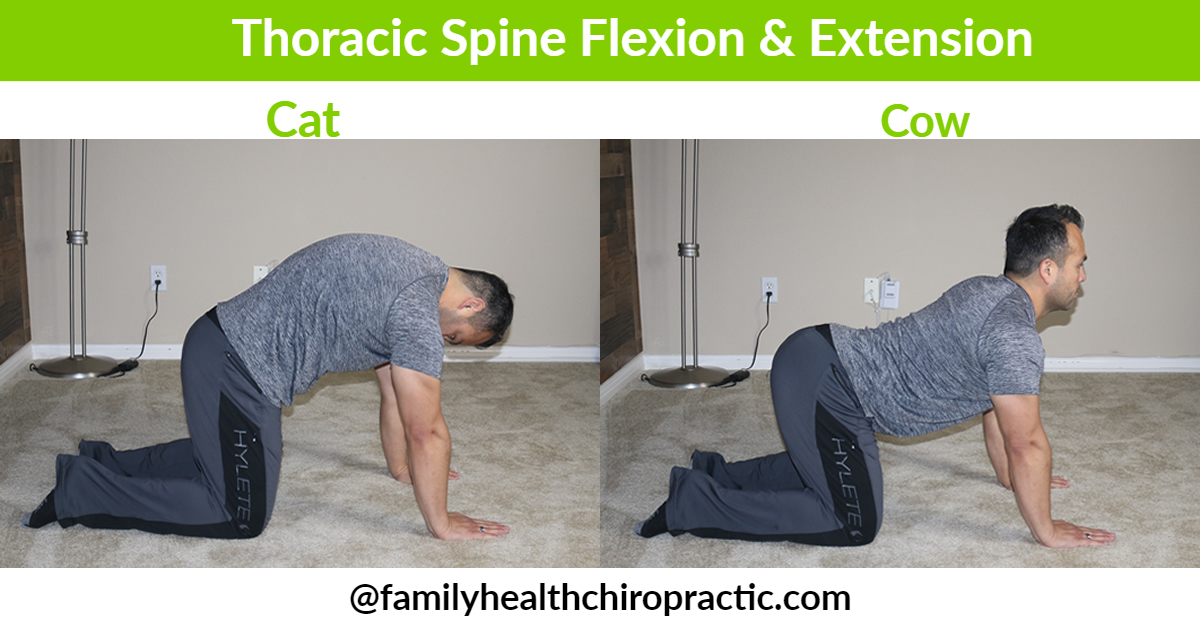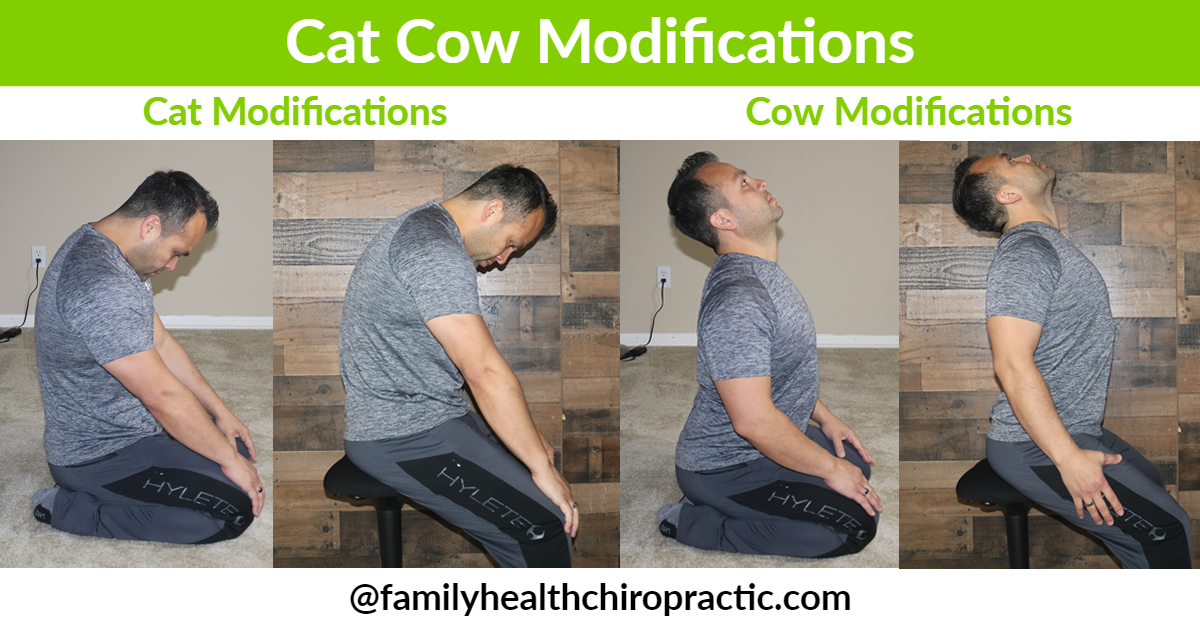Spine Flexion and Extension Matter
I cannot tell you how many times someone has told me their ‘doctor' told them to not perform spine flexion or extension movements because they have a ‘bad back'. This is just dumb advice.
If you don’t know who Stuart McGill is, you should google him right now.
The first thing you'll find out is that his mustache destroys yours.
Instant respect. Second, he is a PhD in spine biomechanics, writes authoritative textbooks on low back pain, and is the go-to guy for professional athletes that have back probs, and then those professional athletes win.
Oh and he probably trained the person who trained the person who trained the person who trained the person who trains you. Dueces on the respect level.
What Stuart McGill’s research tells us is that that the most reliable way to herniate a disc in the low back was to basically put it through lots of reps of sit-ups.
The best thing you can do to revitalize your spine, is to train the muscles, ligaments, tendons and bones to move in a synchronized and controlled fashion.
In short, loading the spine in abnormal positions (imagine doing a sit-up) is the worst thing you can do for your spine whereas training your spine for optimal movement (think yoga movements, balancing exercises, range of motion exercises or optimal movement with weight) is healthy.
During a Cat-Cow Flow, our spine is being nourished. It’s receiving blood flow, oxygen, being taken through its normal ranges of motion. Our spine experiences flexion and extension which cultivates and enhances the primary and secondary curvatures of the spine (sacral, lumbar, thoracic, and cervical). This process also encourages space between the vertebrae potentially alleviating back pain and even sciatica.
All of this creates balance and a restful state for our spine. When this happens, the message being sent to our brain is one of calm and peace. So, although our spine is the primary receiver here, the benefits clearly go beyond.
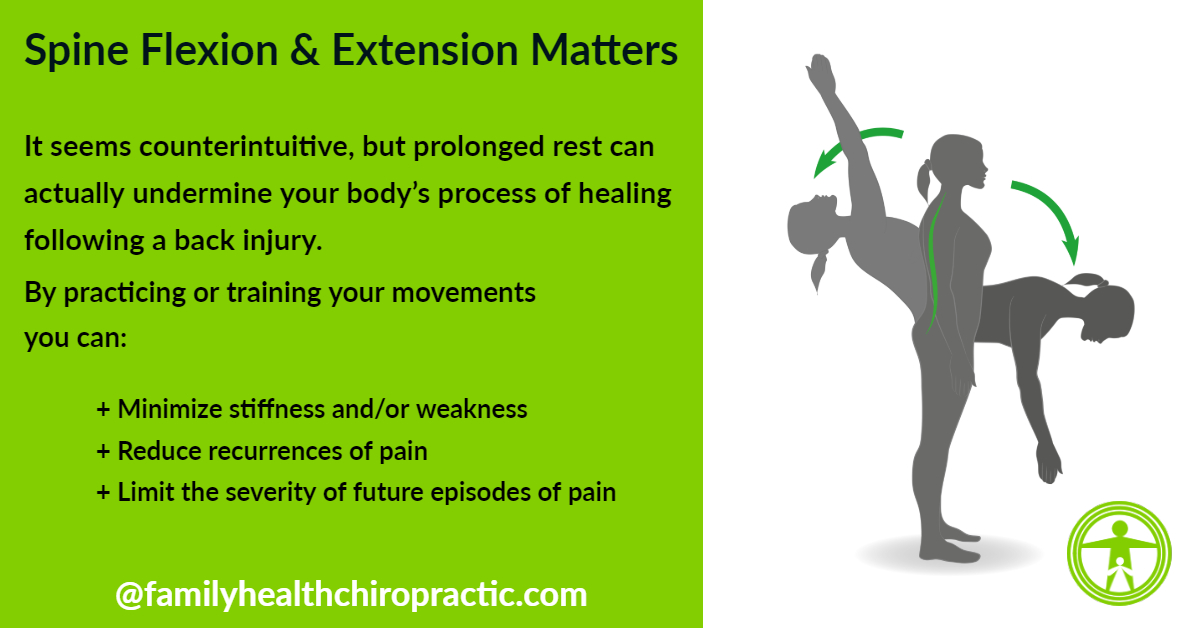
So regardless of what spine condition you have and what your doctor told you – eliminating a healthy movement that your spine should be going through daily, is not good advice.
In this article, I will share with you a few progressions or steps towards performing the Cat Cow appropriately.
Of course, before trying any exercise program for your back, check in with your doctor to ensure that this exercise is safe for you to do.
1. How Cat Cow Should Be Performed
Cat Cow is a great exercise for spine mobility and health! It's good because it's simple and incorporates breathing.
The purpose of Cat/Cow is to mobilize the spine and pelvis & retrain spinal movement patterns.
When moving into the Cat exercise (Left picture), the entire spine should round, creating a uniform spinal curve. Contrarily, during Cow pose (Right picture), the thoracic spine should extend without hyperextension in the lumbar spine.
Start by getting onto all fours, with shoulders over the wrists and hips over the knees, start to place weight evenly through the hands and legs.
Starting with a neutral spine for Cow, start to inhale expanding the belly toward the floor, lift your gaze ahead of you and send intention through the chest (sternum) and the tailbone as they tilt towards the ceiling.
For Cat, start to exhale the belly button toward the spine, scooping the chest and tailbone towards each other. Complete as many rounds as you would like, potentially adding intentional movement and activation of the spine by noticing if your head, chest, belly, and/or tailbone tend to initiate your flow.
2. Modifications
If you have wrist pain and are unable to place weight on your wrists during the pose, you can drop down to your elbows and rest your forearms on the floor as you do the poses. If you have neck pain, keep your head in a neutral alignment with your spine during the poses and do not raise or lower your head.
You can roll up a yoga mat or towel and place it under your knees for support. This can alleviate pressure and pain in your knees while on the ground.
In addition to the above modifications, if you find that getting on your knees and wrist are just too much, then consider simply sitting and performing similar movements below:
3. Cat Cow Movement Analysis
If my intention is to improve thoracic mobility, and I do not correct this movement pattern, it becomes a bad exercise.
With proper movement retraining- including engaging the Transversus Abdominus (inner core muscles) and extending through the upper chest – you can then perform this movement correctly.
During the Cat exercise (Left picture), our goal is to reach a uniform spinal curve. Again, problems arise when the lower thoracic spine remains flat throughout the motion with an inability to flex through the region. Movement retraining including focusing on pelvic mechanics and proper breathing can assist in improving this pattern.
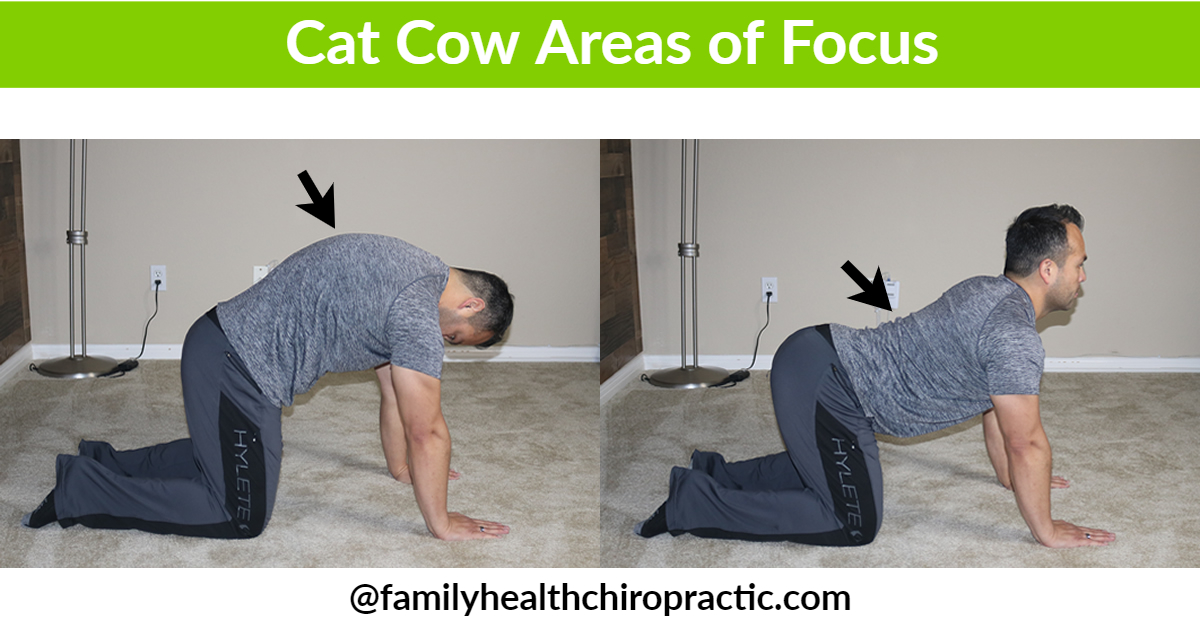
Clinically, try not to get caught up on ‘good versus bad exercises.'
At the end of the day, movement is your best medicine. If movement and exercise change pain patterns, minimizing your irritability level, and can be linked to a future functional activity, it is a good exercise.
Remember, always focus on quality over quantity when it comes to prescribing movement.
Final Thoughts
If you have low back pain, you will absolutely benefit from these movements. The exercises are designed to quickly and safely help you improve your movement, decrease your pain and resolve disc bulges. Of course, if you're doing these exercises consistently and you are still having problems, consider scheduling an examination to make sure it's not serious.

